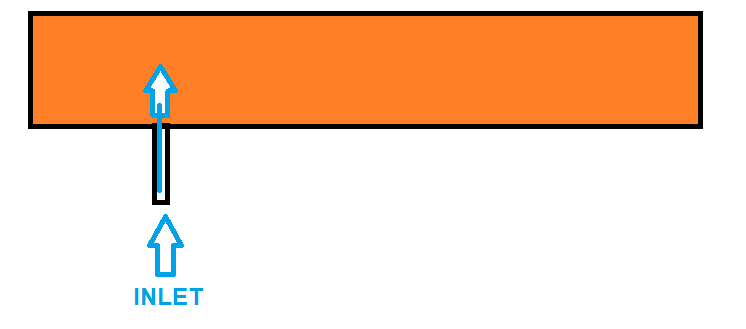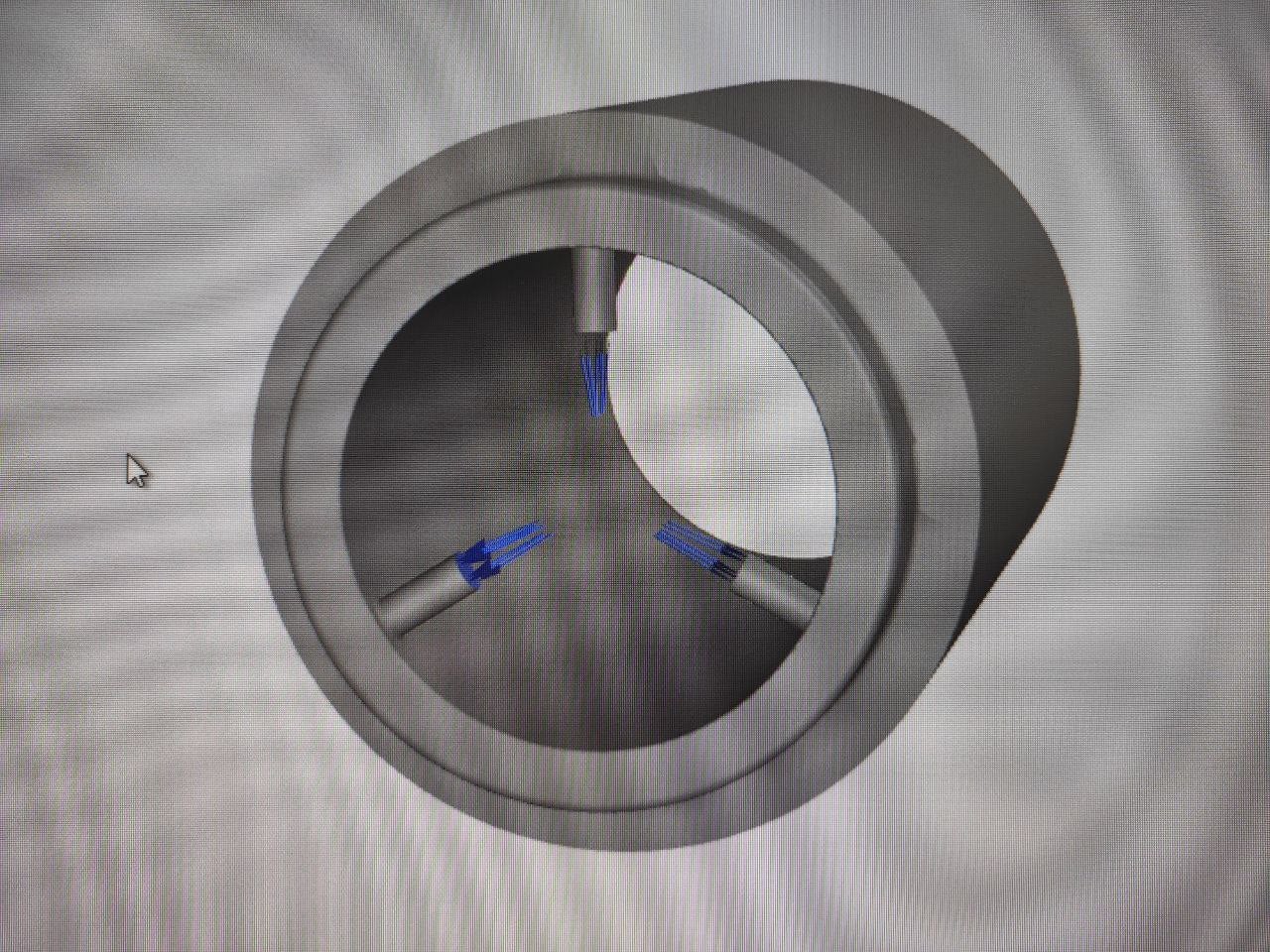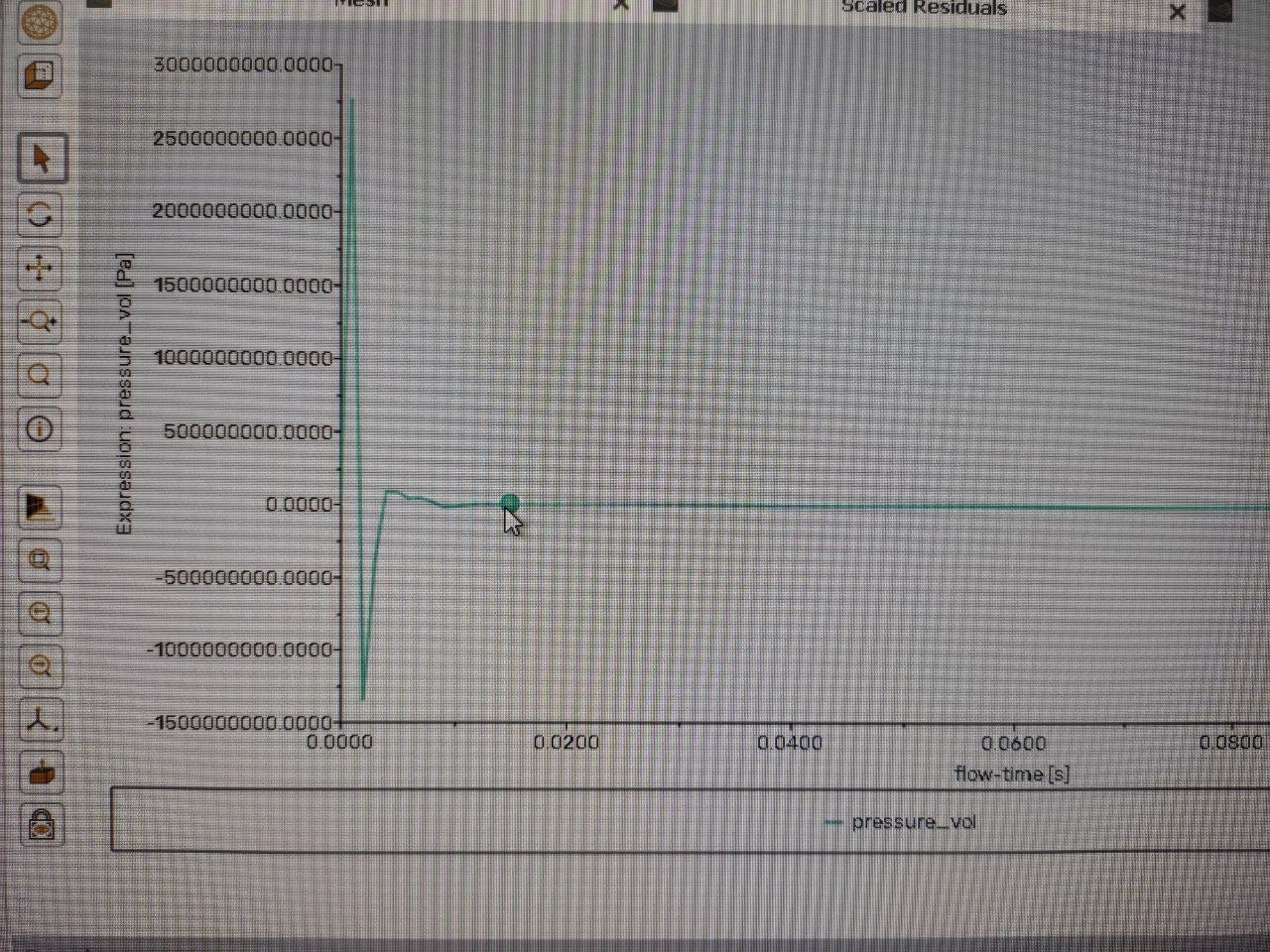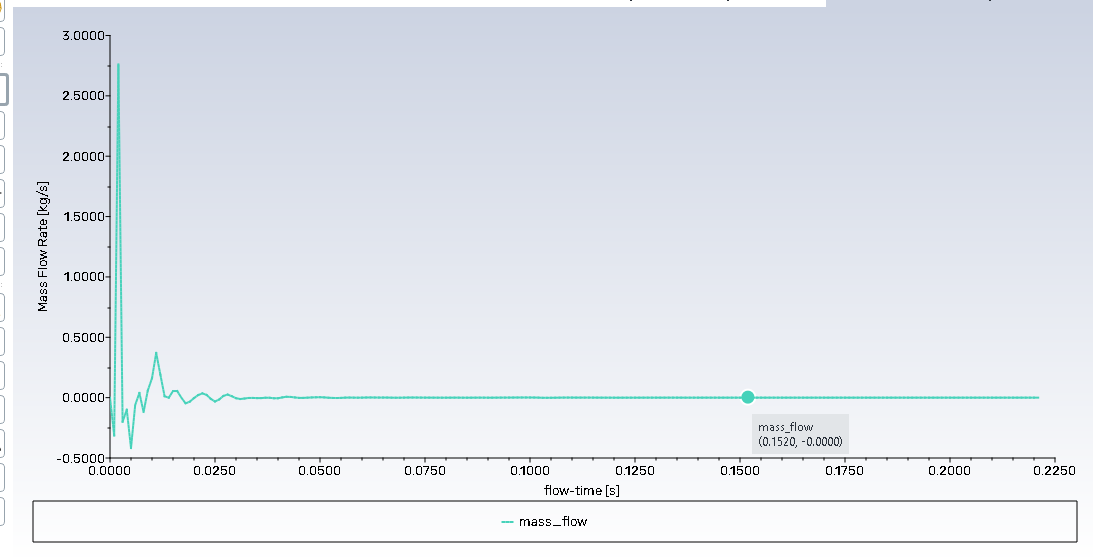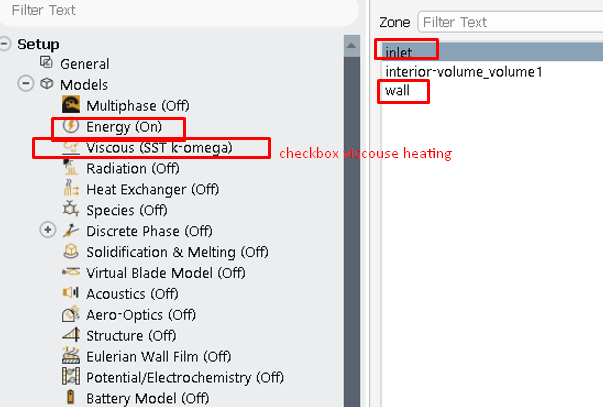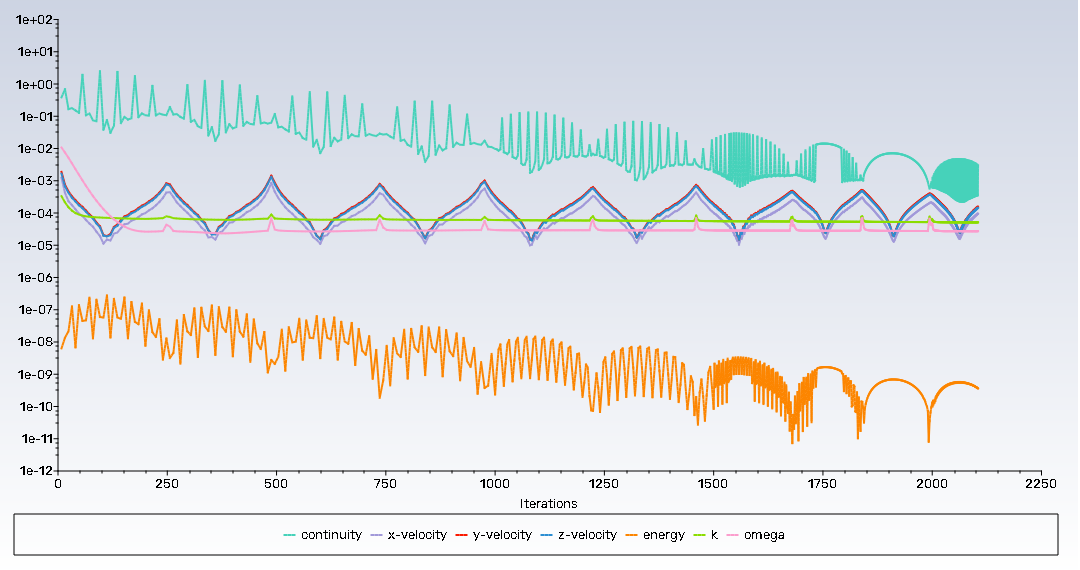-
-
October 18, 2023 at 7:11 pm
javat33489
SubscriberHi all.
My task is to calculate how long it will take for the container to fill through a small tube and the pressure to become the same. The only known pressure at the inlet is 10 MPa, and the pressure in the tank is atmospheric.
1.Can I calculate this in a non-stationary form, and the resulting time/pressure graph be considered real physical time?
2.At the start of the task, the pressure graph will jump strongly, and then begin to calm down. This will affect the fill time measurement. How can you increase blood pressure without surges? To get real time?
-
October 18, 2023 at 9:23 pm
Federico
Ansys EmployeeHello,
yes this can be done in Fluent. For tank filling modeling, you will need to enable Floating Operating Pressure. You can read more on this in the User Guide, section 9.4.4 -> 9.4. Compressible Flows (ansys.com)
-
October 19, 2023 at 4:22 pm
javat33489
SubscriberOK. I have studied this section.
This model:
I only have inlet and wall
inlet 8 MPa.
___
I turned energy ON.
I turned on the floating operation pressure 101325 Pa.
I included viscous heating in the turbulence models.
I used transient analysis and got the following results:
Can I say that the cylinder was filled with water and the pressure equalized as at the inlet in 0.015 seconds?
-
-
October 19, 2023 at 7:10 pm
Federico
Ansys EmployeeWhat is the expression that you are using here? I would suggest monitoring the mass flow rate at the inlet. You can say it is filled once the mass flow rate tends to zero.
-
October 19, 2023 at 7:15 pm
javat33489
SubscriberGood idea! I will try!
I use expression - this is the outer surface of the cylinder
-
October 21, 2023 at 12:09 pm
-
-
October 23, 2023 at 12:55 pm
Federico
Ansys EmployeeThis is the most I can say without seeing your setup.
The reasoning is that if your mass flow rate converges to a value of 0kg/s, you could say that the tank is filled. This assumes that your case is properly set up.
For example, the oscillations in sign (direction) of the mass flow at the beginning would raise some questions for me.
-
October 23, 2023 at 5:32 pm
-
-
October 23, 2023 at 5:37 pm
Federico
Ansys EmployeeYou have not enabled the Floating operating pressure, as I suggested previously.
Are you working with a compressible fluid?
-
October 24, 2023 at 5:27 pm
javat33489
SubscriberThat’s right. Sorry sir. I added UDF for compressible water but forgot to connect it in the water material.
I did this, I took the UDF for compressible water from the tutorial and connected it.
But now I get the solution stopping almost immediately due to errors FLOATING POINT EXEPTION #f
- I tried to play with the URF coefficients
- Make the time step smaller
- I checked the grid, one is very good
This may be due to the rapid change in water density. We need to limit this somehow. There was a mention of this in the tutorial, but it was not indicated how to do it.
___
What’s the matter? Thank you.
-
-
October 24, 2023 at 5:39 pm
Federico
Ansys EmployeeYou do not need a UDF for compressible liquid. You can find it from the Fluent Material database
-
October 24, 2023 at 6:11 pm
javat33489
SubscriberYes, I found water. Set the density to compressible. But it didn't work.
-
October 25, 2023 at 5:15 pm
-
October 26, 2023 at 2:04 am
javat33489
SubscriberWhat do you say?
-
October 30, 2023 at 6:37 pm
javat33489
SubscriberWhat do you say?
-
-
October 30, 2023 at 6:44 pm
Federico
Ansys EmployeeHello,
the residuals plot does not look right to me. You should try to reduce the time step size until you find good convergence within a time step.
-
November 8, 2023 at 4:21 pm
javat33489
SubscriberThank you! I will improve the convergence
-
-
- The topic ‘Tank filling time’ is closed to new replies.



-
4633
-
1535
-
1386
-
1225
-
1021

© 2025 Copyright ANSYS, Inc. All rights reserved.

